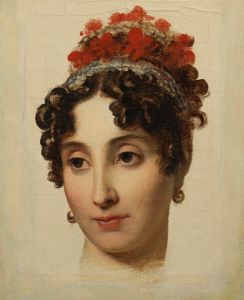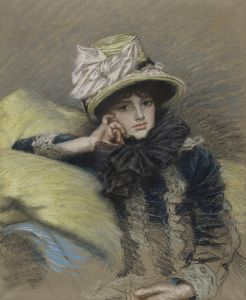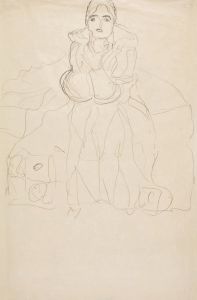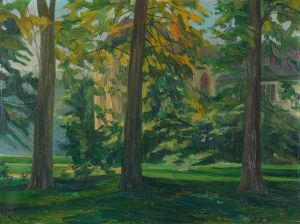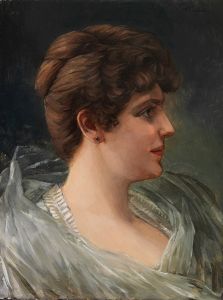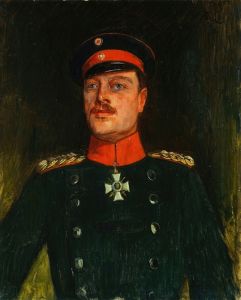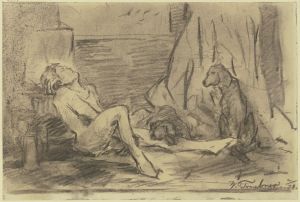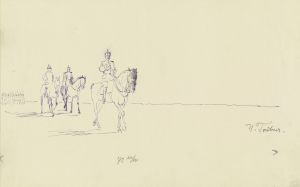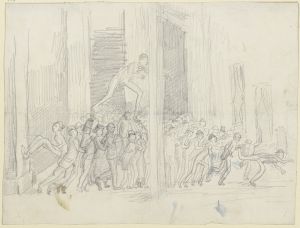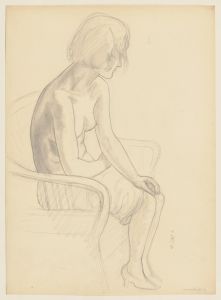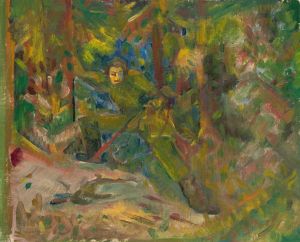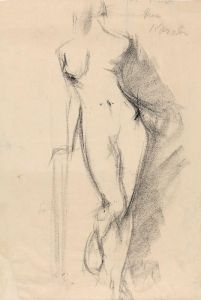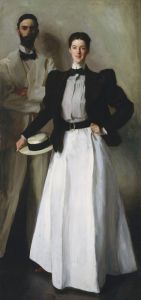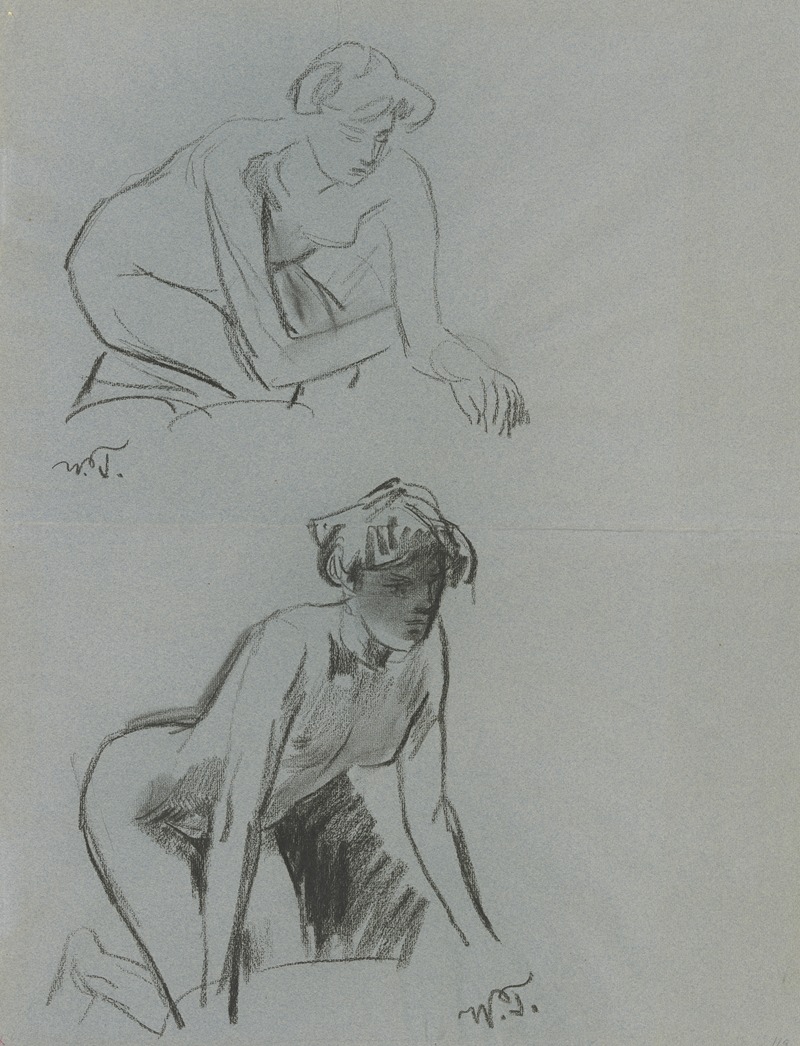
Zwei weibliche Akte, kauernd und kniend
A hand-painted replica of Wilhelm Trübner’s masterpiece Zwei weibliche Akte, kauernd und kniend, meticulously crafted by professional artists to capture the true essence of the original. Each piece is created with museum-quality canvas and rare mineral pigments, carefully painted by experienced artists with delicate brushstrokes and rich, layered colors to perfectly recreate the texture of the original artwork. Unlike machine-printed reproductions, this hand-painted version brings the painting to life, infused with the artist’s emotions and skill in every stroke. Whether for personal collection or home decoration, it instantly elevates the artistic atmosphere of any space.
Wilhelm Trübner (1851–1917) was a German realist painter associated with the circle of artists influenced by the Munich School and the broader realist movement in 19th-century Europe. His works often reflected a meticulous attention to detail and a focus on the human figure, as well as an interest in naturalistic representation.
One of Trübner's works, Zwei weibliche Akte, kauernd und kniend (translated as Two Female Nudes, Crouching and Kneeling), exemplifies his skill in depicting the human form. The painting portrays two nude female figures, one in a crouching position and the other kneeling. The composition emphasizes the natural postures and anatomy of the subjects, rendered with a sense of realism and subtlety. The figures are presented in a way that highlights their physicality without overt dramatization, consistent with Trübner's realist approach.
The painting is notable for its subdued color palette and the interplay of light and shadow, which lend the figures a sense of three-dimensionality. Trübner's brushwork demonstrates his ability to capture the texture of skin and the contours of the human body with precision. The background is kept minimal, drawing the viewer's attention entirely to the figures and their poses.
While Trübner is not as widely known as some of his contemporaries, his contributions to German realism and his focus on the human figure have earned him recognition among art historians. Zwei weibliche Akte, kauernd und kniend is an example of his dedication to exploring the nuances of human anatomy and the naturalistic representation of the body.
The exact date of creation for this painting is not widely documented, nor is its current location or provenance. However, it is consistent with Trübner's broader body of work, which often included studies of the human form and portraits. His works are housed in various collections, including museums and private holdings, though specific details about this painting's exhibition history or ownership remain unclear.
In summary, Zwei weibliche Akte, kauernd und kniend reflects Wilhelm Trübner's realist style and his focus on the human figure, showcasing his technical skill and artistic approach. Further details about the painting's history and context are limited.





